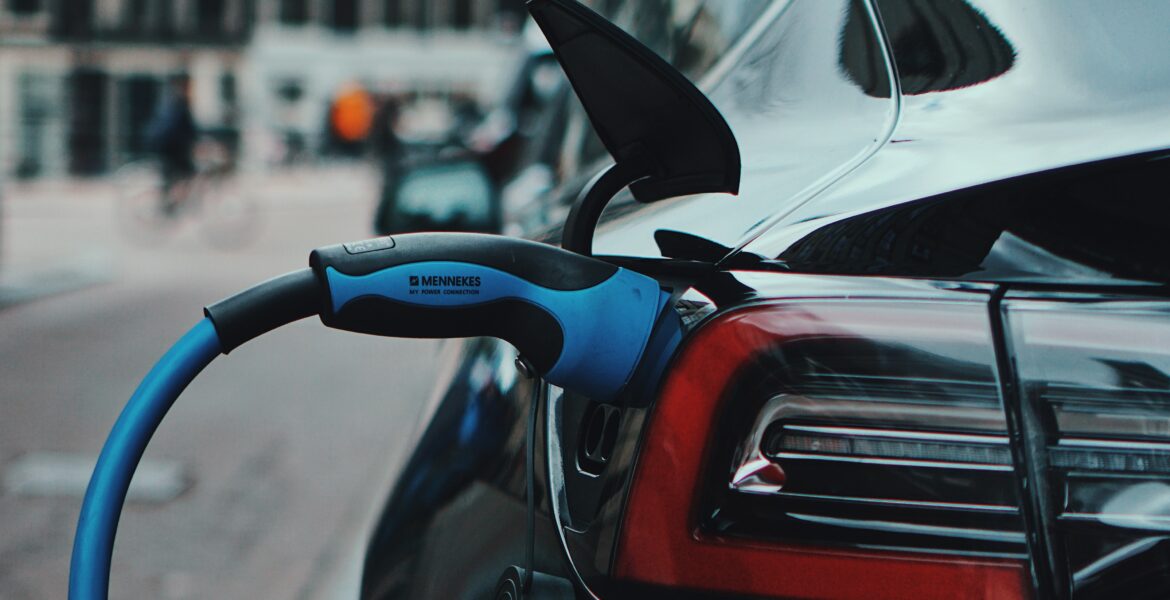Photo by Precious Madubuike on Unsplash
The EU’s CO2 emissions reduction targets for new passenger cars will not be achievable as long as important prerequisites are missing, says a report published today by the European Court of Auditors.
Despite lofty ambitions and strict requirements, most passenger cars on EU roads still emit the same quantity of CO2 as 12 years ago.
Electric vehicles can help the EU to come close to a zero-emissions car fleet. However, EU auditors warn that efforts in this direction must shift up a gear.
Since 2010, the “Cars CO₂ Regulation” has set an EU fleet-wide target for average CO₂ emissions from newly registered cars.
In addition, each manufacturer – which must declare a vehicle’s CO₂ emissions on certificates of conformity – must pay an excess-emissions premium if it doesn’t meet specific emissions targets.
Ambitions have increased over time, with the 2035 zero-emissions target coming into view.
“The EU’s green revolution can only happen if there are far fewer polluting vehicles, but the challenge is huge”, said Pietro Russo, the ECA member who led the audit.
“A true and tangible reduction in cars’ CO2 emissions will not occur as long as the combustion engine prevails, but at the same time, electrifying the EU’s car fleet is a major undertaking.”
In the 2010s, car manufacturers exploited loopholes in test requirements to obtain reduced emissions in the laboratory. The gap with real emissions, i.e. when actually driving on the road, was enormous. As a result, and following the “Dieselgate” scandal, a new laboratory test cycle that reflected actual driving conditions better became mandatory in September 2017. This effectively narrowed (but did not eliminate) the gap between laboratory and real-world emissions.
Real emissions from conventional cars – which still account for nearly three-quarters of new vehicle registrations – have not dropped, note the auditors. Over the last decade, emissions have remained constant for diesel cars, while they have marginally decreased (-4.6 %) for petrol cars. Technological progress in terms of engine efficiency is outweighed by increased vehicle mass (about +10 % on average) and more powerful engines (+25 % on average).
The same applies to hybrid cars, whose real-world CO₂ emissions tend to be much higher than those recorded in the laboratory. In an attempt to reflect the actual situation better, the proportional use of electric and combustion engines will be adjusted, but only from 2025.
Until then, plug-in hybrids will continue to be treated as low-emission vehicles, to the benefit of car manufacturers. And also until then, car manufacturers will continue to apply some of the provisions introduced in the CO2 regulation that enabled them to save almost €13 billion in excess-emissions premiums for 2020 alone.
For the EU auditors, only electric vehicles (which jumped from 1 in every 100 new car registrations in 2018 to almost 1 in 7 in 2022) have driven the reduction in average on-the-road CO₂ emissions witnessed in recent years. But the road ahead is bumpy, as the EU faces significant difficulties in accelerating the uptake of electric vehicles.
The first hurdle to overcome is access to raw materials to build enough batteries, as a recent ECA report highlighted. Previously, EU auditors have also expressed concerns about inadequate charging infrastructure: 70 % of all car battery chargers in the EU are concentrated in just three countries (the Netherlands, France and Germany). And lastly, affordability is crucial: given the higher upfront costs of electric cars, consumers may prefer to keep their old polluting vehicles for longer.




